Global Site
Displaying present location in the site.
Scientific Satellite
SUISEI
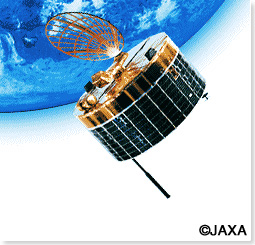
| Name | Date of launch | Major objectives | Remarks |
|---|---|---|---|
| SUISEI (PLANET-A) | August 1985 | Observation of Halley's Comet, making its first appearance in 76 years (International Cooperation Project) | Japan's first escape from the Earth's gravitation. With the SAKIGAKE satellite, dubbed the "Halley Fleet". |
AKEBONO
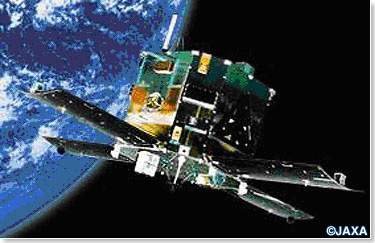
| Name | Date of launch | Major objectives | Remarks |
|---|---|---|---|
| AKEBONO (EXOS-D) | February 1989 | Aurora observation satellite |
HITEN
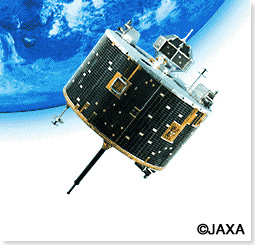
| Name | Date of launch | Major objectives | Remarks |
|---|---|---|---|
| HITEN (MUSES-A) |
January 1990 | Development of accurate orbit standardization and control, and highly efficient data transmission technologies, experiments on lunar swingby and aerobraking in the Earth's atmosphere, and lunar orbit insertion of a satellite, etc. | Successful experiments on global first double-lunar swingby synchronous orbit technology, and orbital changes using the Earth (aerobraking). Japan's first lunar orbiting satellite HAGOROMO was placed into the lunar orbit, but crash-landed in the lunar crater Furnerius in 1993. |
YOHKOH
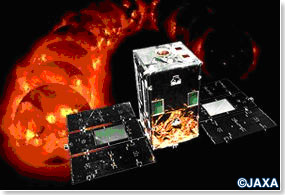
| Name | Date of launch | Major objectives | Remarks |
|---|---|---|---|
| YOHKOH (SOLAR-A) | August 1991 | High-precision observation of solar flares at Solar Maximum | Selected by U.S. astronomy magazine "Sky & Telescope" as one of the best ten astrophotographs of the 20th century |
GEOTAIL
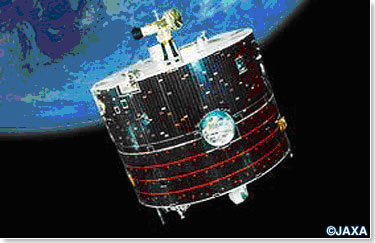
| Name | Date of launch | Major objectives | Remarks |
|---|---|---|---|
| GEOTAIL | July 1992 | Earth observation satellite for research into Earth’s magnetotail structure and dynamics | One of a number of Japan-U.S. international cooperation projects arranged under an agreement between then Prime Minister Nakasone and President Reagan |
ASCA
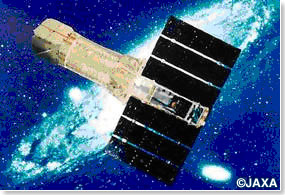
| Name | Date of launch | Major objectives | Remarks |
|---|---|---|---|
| ASCA (ASTRO-D) |
February 1993 | Observation of X-rays in stars and galaxies, and study of X-rays from the farthest reaches of space including galaxy clusters | The satellite allowed the world's first precision spectroscopy and photography of cosmic X-ray. |
HALCA
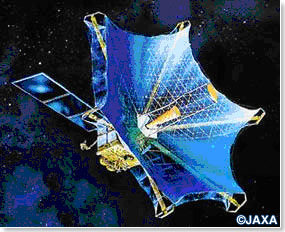
| Name | Date of launch | Major objectives | Remarks |
|---|---|---|---|
| HALCA (MUSES-B) | February 1997 | Study of large-scale precision deployment structure and mechanism, tests of phase synchronization required for VLBI, etc. | Radio telescope satellite performing the world’s first space VLBI observation with resolution 300 times that of the Hubble Space Telescope |
NOZOMI
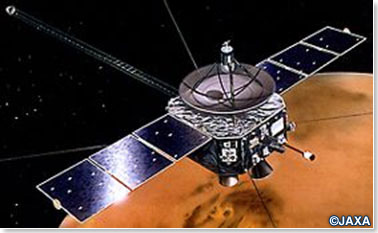
| Name | Date of launch | Major objectives | Remarks |
|---|---|---|---|
| NOZOMI (PLANET-B) | July 1998 | Study of the composition, movement and in particular mutual action of solar winds in the upper atmosphere of Mars | Japan's first space probe, approaching Mars in December 2003 with the names of 270,000 people aboard |
HAYABUSA
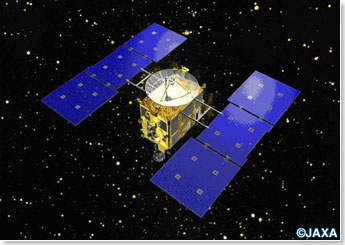
| Name | Date of launch | Major objectives | Remarks |
|---|---|---|---|
| HAYABUSA (MUSES-C) | May 2003 | Scientific observation of Asteroid ITOKAWA | The world’s first space probe to succeed in landing on and taking off from an extraterrestrial celestial body, at present undertaking full-scale cruising for its return trip to Earth in June 2010 |
SUZAKU
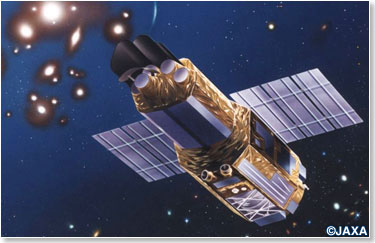
| Name | Date of launch | Major objectives | Remarks |
|---|---|---|---|
| SUZAKU (ASTRO-E2) | July 2005 | X-ray astronomy satellite | Equipped with instruments for observing high energy cosmic phenomena such as black holes and galaxy clusters |
AKARI
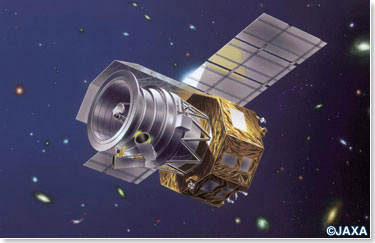
| Name | Date of launch | Major objectives | Remarks |
|---|---|---|---|
| AKARI (ASTRO-F) | February 2006 | Observation for creating an all-sky map in infrared light, taking over from the first global infrared astronomy satellite "IRAS" |
Hayabusa2
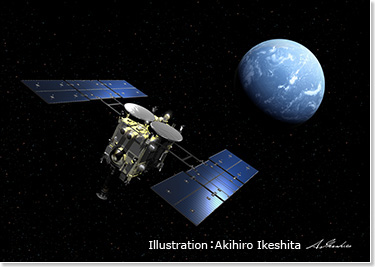
| Name | Date of launch | Major objectives | Remarks |
|---|---|---|---|
| Hayabusa2 | December 2014 | Scientific observation of a C-type asteroid "1999 JU3". |
Future plans
|
Hitomi
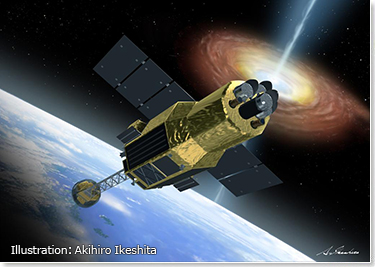
| Name | Date of launch | Major objectives | Remarks |
|---|---|---|---|
| Hitomi (ASTRO-H) | February 2016 | X-ray Astronomy Satellite Observation of high-energy celestial bodies such as black holes |
|
